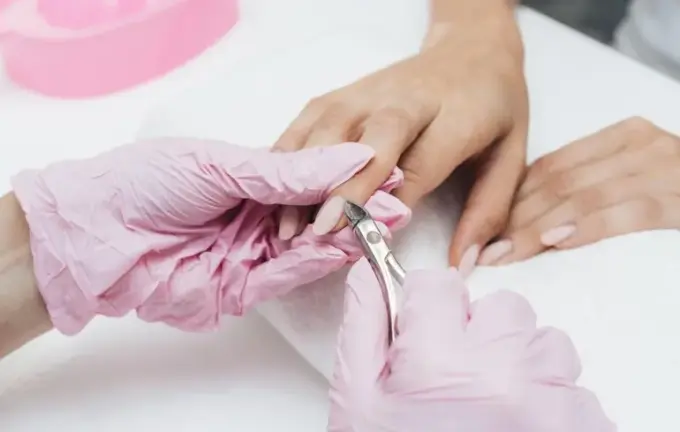How to Protect Yourself from Infections When Visiting Beauty Salons: Recommendations for Safe Manicure and Pedicure

In today’s world, many people regularly visit beauty salons to get professional manicures and pedicures.
These procedures have become a common routine for those who want to maintain a neat appearance and well-groomed nails.
However, along with their popularity, the risk of infectious diseases spreading has increased due to inadequate sterilization standards of tools used by specialists.
To protect yourself and minimize the risk of infection, it is essential to follow several simple yet effective rules.
According to experts from the Public Health Center of Ukraine, maintaining proper hand hygiene is paramount.
Before the procedure, hands should be thoroughly washed with soap and water, and ensure that the technician also performs hand sanitation.
It is crucial that the manicure or pedicure specialist works in single-use medical gloves to reduce cross-contamination risks.
Additionally, pay close attention to how tools are prepared: metal instruments must be properly cleaned, disinfected with an autoclave, and stored in sterile conditions.
Implements like files, orange sticks, buffers, and other materials that are difficult to disinfect should be used once and discarded immediately afterwards.
It is also advisable to ask the technician about sterilization methods and decline procedures if doubts about safety arise.
If you have skin conditions or open wounds on hands or feet, it is better to postpone your visit.
This applies to fungal infections (mycosis), dermatitis, psoriasis flare-ups, or cuts.
Do not shave your legs at least 24 hours before a pedicure, as microcuts hidden under new hair growth can serve as entry points for infections.
Furthermore, avoid removing corns unless performed by a qualified podologist or dermatologist, as improper removal increases infection risk.
There is also a warning against fish pedicures with Garra rufa, commonly known as fish peeling, since water and fish are difficult to disinfect thoroughly, and this promotes potential cross-infection.
Remember that cuticles serve as a protective barrier for nails against bacteria, fungi, and viruses.
Cutting or removing them can create open pathways for infection; therefore, it is safer to opt for a non-cutting manicure or pedicure.
Adhering to hygiene standards and choosing safe procedures are essential for your health and well-being, ensuring that a beauty routine does not come at the cost of your health.
This information is based on current scientific research and serves as a general guideline.
If you experience symptoms of infection or health concerns, consult a healthcare professional to obtain an accurate diagnosis and appropriate treatment.

